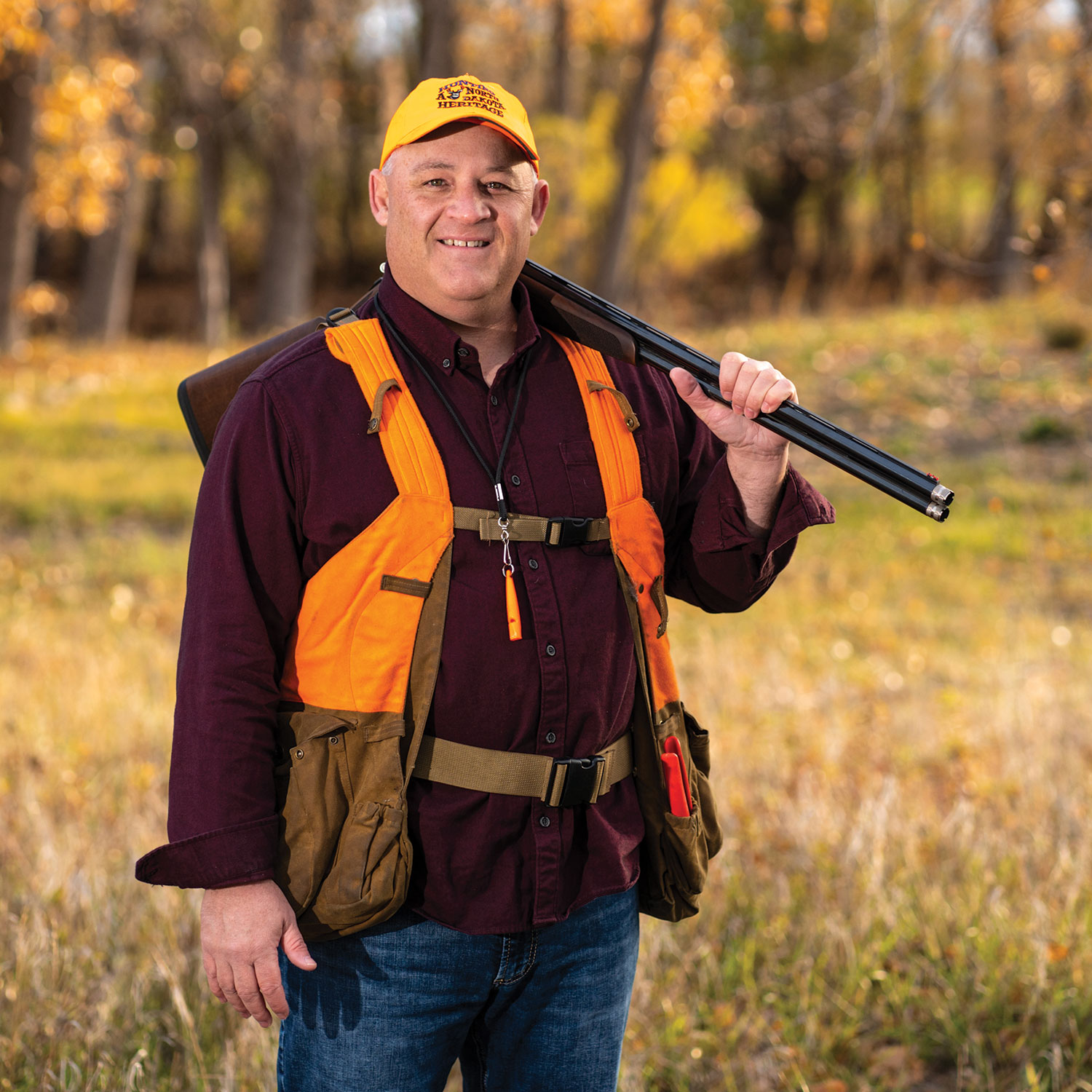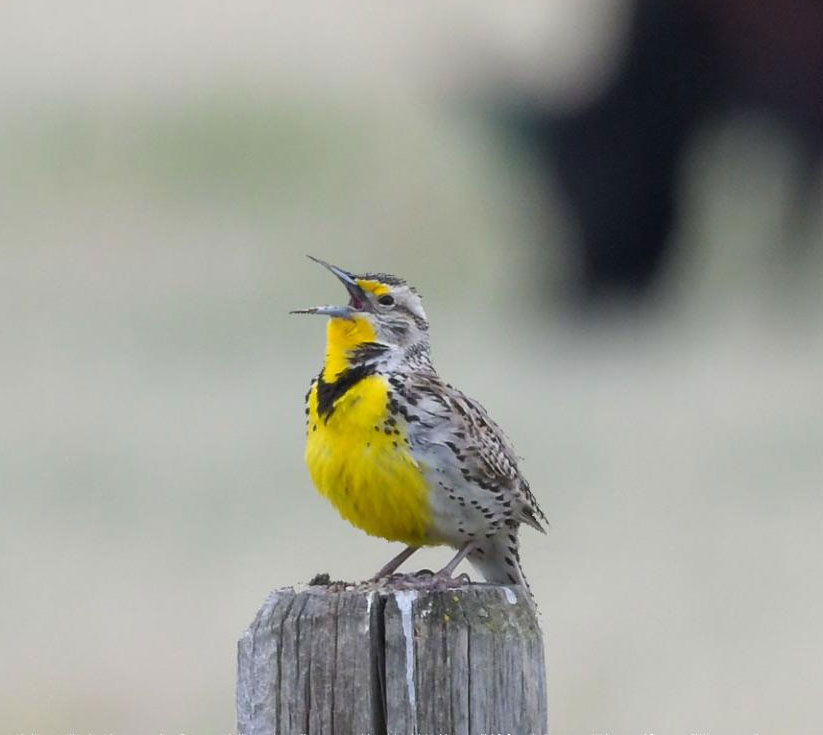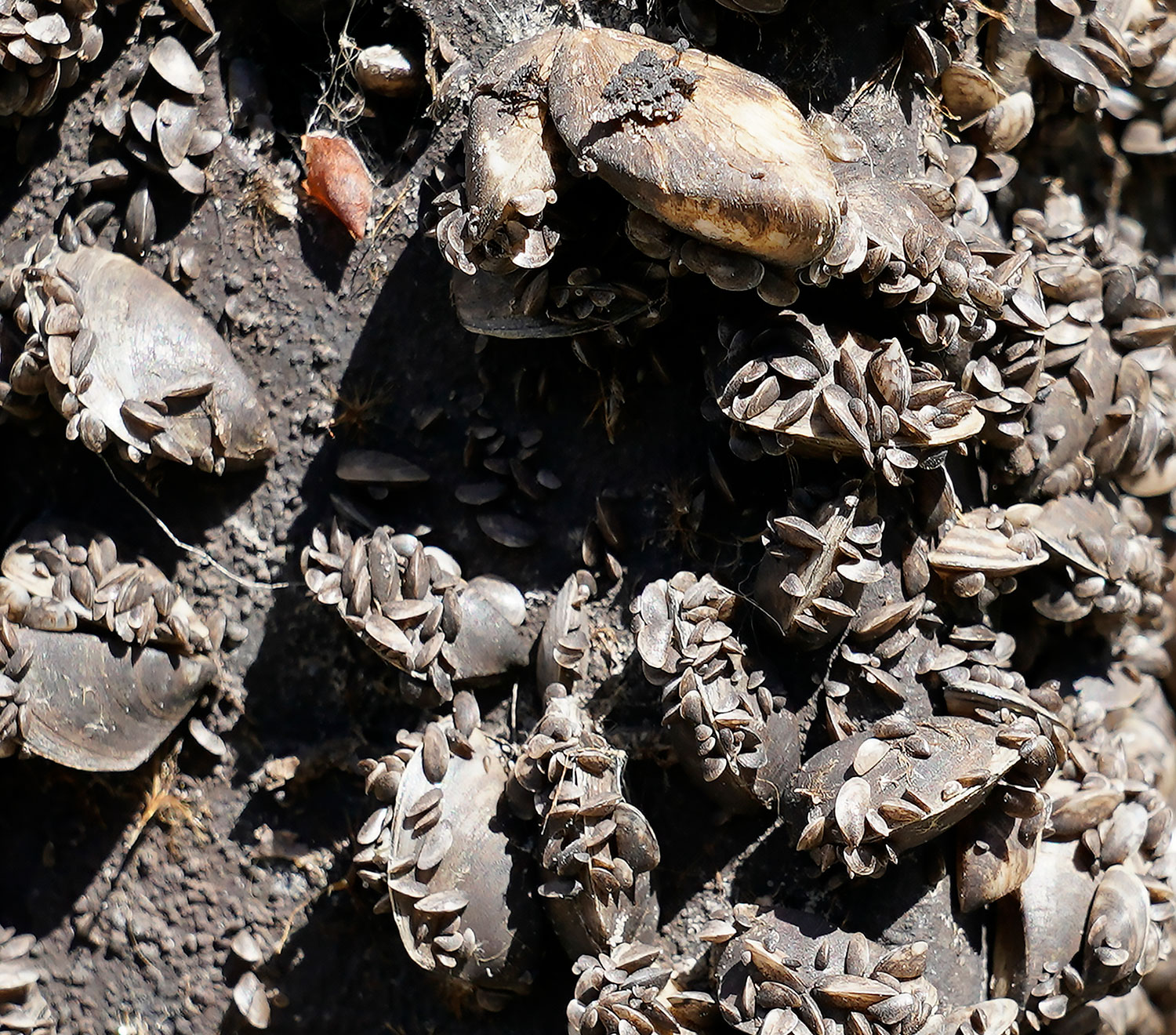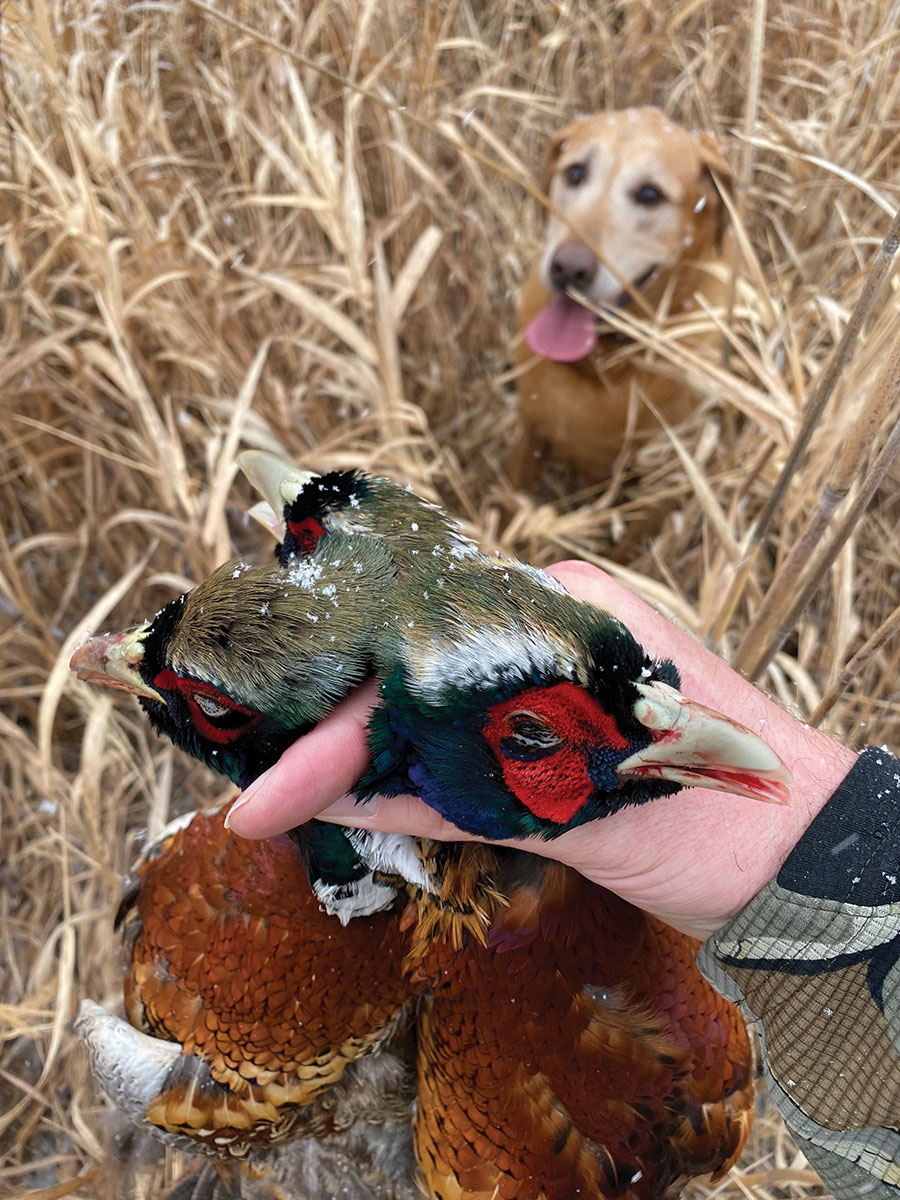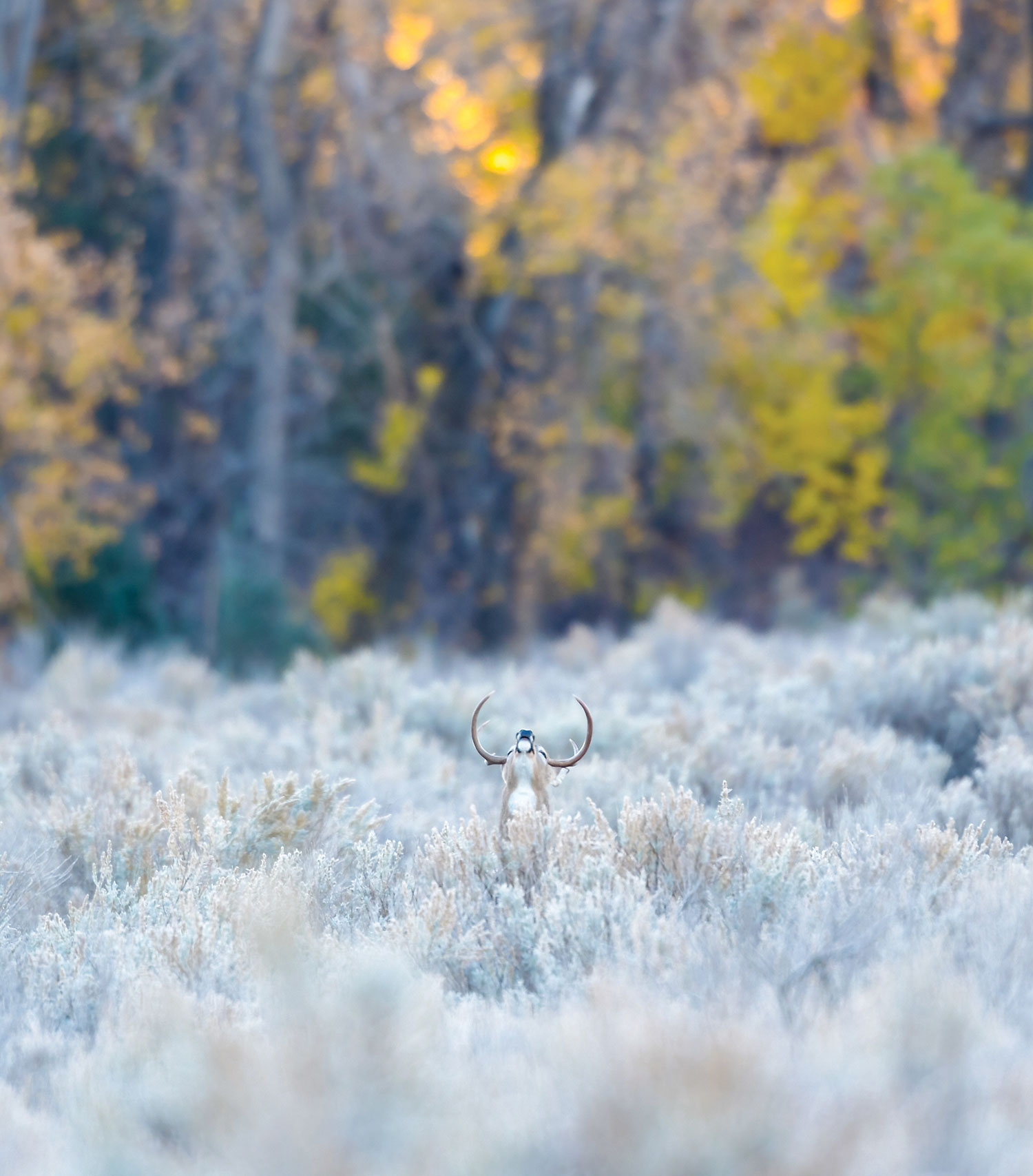
In 2021, more than 72,000 licenses were made available for the deer gun season, an increase of 3,150 from 2020.
I’m guessing when most of us look back at the last year, the one thing that will stick prominently in our minds is the drought. It has been several years since we’ve experienced a statewide drought the magnitude of which we went through this past year.
While drought conditions can and do have negative effects on fish and wildlife, its greatest impacts are undoubtedly felt by our friends in the farming and ranching community. It is extremely disheartening to read or hear about ranchers having to sell cattle in the middle of summer because of a lack of grass, and to watch farmers harvest corn fields in August to salvage some part of the crop for forage.
The long-term impacts of the drought on fish and wildlife populations will depend largely on the weather pattern this coming spring and summer. Virtually all the state’s fishing lakes are going into the winter at lower levels than we’ve seen in many years, and some are undoubtedly at a higher risk of winterkill, depending on the amount and timing of snowfall to come.
Wildlife, on the other hand, can recover rather quickly with adequate habitat on the landscape, so if we are blessed with timely precipitation next year, the major impacts to animals in this state will be relatively short-lived.
Wildlife diseases and invasive species are two likely constants on North Dakota’s landscape. Epizootic hemorrhagic disease, or EHD, is a fatal disease that mostly affects white-tailed deer and it’s been around for quite some time in North Dakota. We’ve historically experienced periodic outbreaks of EHD, but in late summer and fall, we had an outbreak that had a much larger impact on deer populations in localized areas.
While EHD is typically contained to the southwestern part of the state, the nucleus of this latest outbreak appeared to be farther north and east, even extending east of the Missouri River. EHD is transmitted by a tiny midge that breeds in exposed mud flats, so Mother Nature is holding all the cards in terms of what we’re likely to see next year.
Electronic posting was a new option offered to landowners this past year, as a means of posting their land closed to hunting. This option was made possible by the passage of a bill in the most recent legislative session. In the past, if a landowner wanted to designate his or her land closed to hunting, the only available option was to post with physical signs indicating their intentions.
By all accounts, this option has been well received by landowners, and I would anticipate the option to grow in popularity as we move forward.
Another new cooperative venture that the Department is now taking the lead on is referred to as the Meadowlark Initiative, a broad-based landscape initiative aimed at restoring and preserving our state’s grassland resources. It will utilize several of our conservation and ag partners to create landowner-friendly programs to restore and enhance grasslands. This will ultimately help all of our state’s grassland-dependent species, including the Western meadowlark, our state bird. We are excited to see where this new venture will lead and initial reports of landowner interest is promising.
Reflecting over the past year, we are reminded that there are several factors influencing the abundance of our fish and wildlife resources in North Dakota. We are also reminded that we rarely have complete control over many of those influences, including the weather. For many reasons, we will be hoping for much more normal weather patterns and better moisture conditions next year.
If all the pieces fall into place in 2022, we’ll all be pleasantly surprised at how quickly our wildlife species rebound and we can look forward to enjoying the many outdoor opportunities afforded us in this great state.
New Leadership
Jeb Williams was appointed director of the Game and Fish Department by Gov. Doug Burgum in August after more than 20 years with the agency, the last seven as wildlife division chief.
Williams, a North Dakota native who grew up in Beach and graduated from Dickinson State University with a bachelor’s degree in biology, replaced Terry Steinwand, who retired July 31 after nearly 40 years with the Department, 15 years as director.
Williams joined the Game and Fish Department in 1999 and served in a variety of roles including natural resource technician and biologist, outreach biologist and wildlife resource management supervisor. He was named chief of the Department’s wildlife division in 2014 after having served as assistant wildlife chief since 2011.
Drought
North Dakota endured a hot, dry summer that featured little precipitation and a record number of days over 100 degrees. While some late summer rains in parts of the state provided some hope and relief, farmers, ranchers and wildlife managers continued to wonder as winter neared if there was an end in sight.
Realistically, wildlife managers said drought conditions had been around the state closer to two years, not just 2021 alone. The fear, they said, is when you start getting into multi-year droughts, things start to get really taxing across the landscape for wildlife, habitat, agriculture producers, the list goes on.
Some of the fallouts for wildlife during a drought is a decline in habitat, which means lower quality food and scarce to lower quality water sources. Because of this, animals are unable to thrive like they normally would in spring and summer when they add fat and have large broods with the good available nesting cover.
The drought also severely impacted breeding duck habitats across North Dakota in spring and summer. Breeding conditions varied from very poor to fair, and the Game and Fish Department’s wetland index declined by 80%.
While 2.9 million ducks were estimated during the Department’s annual breeding duck survey in May, behavioral cues suggested breeding efforts by those ducks would be low. Conditions were not good statewide, and after a high count in 2020, the decline in wetlands counted represented the largest one-year percentage-based decline in the 74-year history of the survey.
The number of broods observed during the Department’s July brood survey dropped 49% from last year’s count and 23% below the 1965-2020 average. The number of broods observed was the lowest since 1994, yet the count in 2021 was still 62% above the long-term average. The average brood size was down 4% from last year’s estimate.
While Department fisheries biologists described the drought as a “tough one,” they were quick to point out that North Dakota fisheries got through summer without really any substantial fish kills. Given how hot and dry it was, fisheries biologists expected to have half a dozen to 10 lakes with some type of, maybe even substantial kills, especially pike lakes. Yet, they didn't see it.
Despite falling water levels – lakes were down across the state from 2 to 5 feet from where they were two years ago – fishing opportunities remained abundant in about 430 North Dakota waters, and fisheries personnel continued their walleye stocking efforts by releasing about 9 million walleye fingerlings in 144 waters.
EHD Fallout
Based on reports of deer mortality, including documentation of substantial mortality in some areas due to epizootic hemorrhagic disease, the Game and Fish Department allowed hunters with whitetail or “any” deer gun licenses in 22 hunting units the option of turning those licenses in for refunds.
The first confirmed EHD report occurred in early August. Department wildlife managers said there was evidence of moderate to significant deer losses in some areas that might affect hunting success in those locations.
Hunters who returned their licenses had their bonus points restored, if applicable, to the same number of points prior to the 2021 deer gun lottery.
EHD, a naturally occurring virus spread by a biting midge, is almost always fatal to infected white-tailed deer, while mule deer do not usually die from the disease.
The whitetail population, big game biologists noted, was not decimated and in many areas a good harvest was still needed.
Game and Fish made license refunds an option for hunters in 2020 in 12 hunting units in western North Dakota. Prior to that, the last time the agency made available this option because of an EHD outbreak was 2011.
Meadowlark Initiative Launched
The Game and Fish Department announced a new statewide strategy that will team landowners, conservation groups, scientists, and others to enhance, restore and sustain native grasslands in North Dakota.
The vision of the Meadowlark Initiative, named after the state’s iconic, yet declining Western meadowlark, is to promote and create healthy, thriving grasslands that provide biodiversity and prosperity for wildlife, pollinators, ranching operations and communities.
Agency leaders said North Dakota has lost more than 70% of its native prairie over time, and it will take more than the Game and Fish Department and its long list of contributing partners in the long-haul task of enhancing, restoring and retaining what’s left of North Dakota’s native grasslands.
Through the Meadowlark Initiative, producers can plant marginal cropland back to diverse native perennial grasslands for grazing. Cost-share to establish the grass and to install grazing infrastructure, such as fencing and water, is available. During the first three years of grass establishment, producers also are eligible to receive rental payments as the land transitions from cropland to grazing land.
A year ago, the Game and Fish Department and 13 contributing partners submitted a USDA Regional Conservation Partnership Program grant proposal, seeking to leverage over $12 million in partner contributions with $10 million of USDA-NRCS funding to kick-start collaborative work toward goals and objectives, encompassed in the Meadowlark Initiative. In spring 2021, it was selected as one of 85 successful projects nationwide.
Together, the collected effort focuses on improving, increasing and connecting wildlife habitat, and supporting the sustainability of new and existing livestock ranches by offering incentives and programs to promote regenerative grazing with grass-based livestock operations.
Mussels Found in Two Lakes
The Game and Fish Department confirmed the presence of invasive zebra mussels in Lake Elsie, Richland County, and Twin Lakes, LaMoure County.
Both lakes are now considered Class I ANS Infested waters, joining Lake LaMoure, Lake Ashtabula, the lower portion of the Sheyenne River, and the Red River in this designation. Emergency rules went into effect immediately to prohibit the movement of water away from the lakes, including water for transferring bait. Notices were posted at lake access sites.
Follow-up sampling at Lake Elsie found zebra mussels at various locations and life stages throughout the lake. The 390-acre lake is a popular recreation destination located a few miles southwest of Hankinson.
At Twin Lakes, follow-up sampling revealed a few other zebra mussels attached to woody debris. In addition, Game and Fish Department ANS staff processed plankton tow net samples collected from Twin Lakes from earlier in summer, and zebra mussel veligers were detected in those samples indicating a breeding population of mussels within the lake. The 1,735-acre lake is a popular fishing destination located a few miles north of LaMoure. Twin Lakes is located approximately 6 miles from Lake LaMoure, which had a confirmed finding of zebra mussels in 2020.
Electronic Posting
The landscape changed for hunters in North Dakota in 2021.
While current posting laws allowed landowners to leave lands unposted or to post land with physical signs, lawmakers in 2021 passed a bill allowing electronic posting of private land, giving landowners another option for posting private property.
That law went into effect Aug. 1.
Landowners who were interested in posting electronically for the 2021-22 hunting season had to do so by July 15. According to Department statistics, about 4 million acres were enrolled by the deadline.
Tools were made available on the Game and Fish website for hunters to use to determine land that has been electronically posted. Those tools included multiple map applications and digital PDF documents that could be saved to a device or printed for use in the field.
The map applications could be accessed by a computer or smartphone. The applications offered features to identify a point of contact, work offline or without cellular service, and the ability to create your own maps. Custom maps provided the ability to turn on other map features, such as deer hunting units and aerial imagery, or zoom into areas to see more detailed information.
A benefit of electronic posting for hunters, Department officials stressed, is that they could determine a valid point of contact when requesting access. The name of the landowner, or authorized individual who posted the land, was included on the map applications.
While law requires the name of the individual who posted the land to be available to the public, hunters were told they may also find additional contact information such as an email address, phone number and/or alternate point of contact.
Bighorn Sheep Licenses
The Game and Fish Department allocated five bighorn sheep licenses for the 2021 hunting season, one fewer than last year.
One license was issued in unit B1, one in B3 and two in B4. In addition, one license, as authorized under North Dakota Century Code, was auctioned in May by the Midwest Chapter of the Wild Sheep Foundation, from which all proceeds are used to enhance bighorn sheep management in North Dakota.
The number of once-in-a-lifetime licenses allotted to hunters is based on data collected from the Game and Fish Department's summer population survey, and results showed a similar count of adult rams to 2020.
The objective of the 2021 hunting season was to maximize hunter opportunity in the northern badlands where ram numbers remained strong, while continuing to reduce the number of rams in the southern badlands, to lessen the risk of transmitting disease to the northern population. The concern, as in past years, is the ongoing effects of the bacterial pneumonia outbreak that was first detected in 2014 that resulted in a loss of 15-20% of the adult population.
Mule Deer Counted in Badlands
The Game and Fish Department’s fall mule deer survey indicated the drought had a big influence on fawn production.
Biologists counted 2,163 mule deer in the October aerial survey. The ratio of 60 fawns per 100 does was significantly lower than last year (82/100) and the long-term average (88/100), while 38 bucks per 100 does was similar to 2020 (36/100) and the long-term coverage (43/100).
The 2021 count was the lowest fawn-to-doe ratio since 2011 and 2012, following the severe winters of 2008 through 2010. Nutritional stress related to the drought was also apparent with considerably more yearling bucks observed as spikes rather than forked bucks.
Snowfall and windy conditions during the survey limited biologists to 20 of the 24 study areas. The fall aerial survey was conducted specifically to study demographics in western North Dakota. Biologists also surveyed the same study areas in spring to determine deer abundance.
Upland Birds
North Dakota’s late summer roadside surveys indicated pheasants were down from last year, while sharp-tailed grouse and gray partridge numbers were about the same.
Department biologists said results of the annual upland late summer counts were expected, as recent weather patterns shifted toward a drier period, particularly 2021, with a warm, open winter and exceptional drought across much of the state. Hunters were said to expect to find similar numbers to 2020, with the exception that there would be fewer acres of typical grassland cover to hunt.
Total pheasants (45) observed per 100 miles were down 23% from last year and broods (5) per 100 miles were down 30%. The average brood size (six) remained unchanged. The final summary was based on 266 survey runs made along 102 brood routes across North Dakota.
Sharptail hunters were told to expect to find mainly adult grouse last fall. Numbers along the Missouri River were still high compared to long-term averages, so hunters who could find cover should have had average to good hunting. The eastern part of the state had fewer sharp-tailed grouse, with isolated hot spots.
Sharptails observed per 100 miles were up 2% statewide. Brood survey results showed two sharptail broods and 19 sharptails per 100 miles. Average brood size was six.
Although partridge numbers indicated a slight increase, most of the partridge harvest remains incidental while hunters pursue grouse or pheasants.
Partridge observed per 100 miles were up 9%. Observers recorded one partridge brood and 10 partridge per 100 miles. Average brood size was 10.
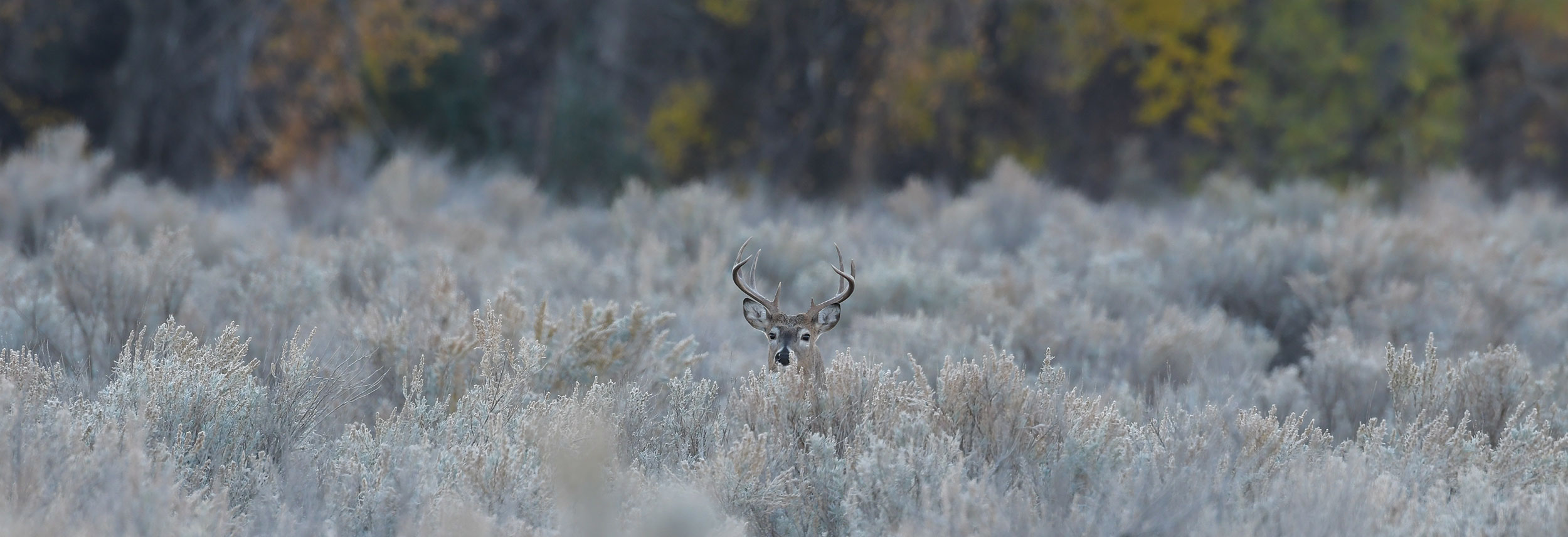
2021 Stats
- 21 – Number of outdoors-related bills Department officials tracked during the legislative session.
- 33 – Length in inches of the record 16-pound, 6-ounce walleye caught by Dickinson angler Jared Shypkoski from the Missouri River System in March.
- 90 – Number of years North Dakota OUTDOORS has been in publication.
- 780 – Number of any-deer bow licenses made available to nonresidents.
- 13,909– Number of applicants who applied for the 1,720 pronghorn licenses.
- 165,000 – Estimated number of Canada geese counted during the Department’s annual midwinter waterfowl survey.
- 800,000 – Approximate number of Private Land Open To Sportsmen acres featured in the PLOTS Guide.
- 1.8 million – Number of chinook salmon eggs collected during the Department’s salmon spawning operation in fall on the Missouri River System.
2020-21 Licenses and Permits Issued
| Type |
Resident |
Nonresident |
| Individual Fishing |
54,077 |
20,665 |
| Married Couple Fishing |
14,609 |
6,511 |
| Senior Citizen Fishing |
15,225 |
|
| Disabled Fishing |
229 |
|
| Short-Term Fishing |
|
|
| 10-Day |
|
7,863 |
| 3-Day |
|
26,036 |
| Paddlefish Tags |
0 |
0 |
| Commercial Tags |
14 |
|
| Retail Bait Vendor |
219 |
|
| Wholesale Bait Vendor |
28 |
4 |
| Fish Hatchery |
3 |
|
| 2019 Boat Registrations (First year of 3-year decal) |
60,262 |
|
| General Game Hunting |
46,059 |
41,326 |
| Small Game Hunting |
15,158 |
20,607 |
| Combination License |
63,215 |
|
| Waterfowl Hunting |
|
24,063 |
| Furbearer Hunting/Trapping |
8,284 |
2,992 |
| Fur Buyer |
25 |
8 |
| Deer Gun Hunting |
54,809 |
671 |
| Deer Gun Hunting (Gratis) |
11,845 |
285 |
| Deer Bowhunting |
27,041 |
3,301 |
| Moose Hunting |
400 |
|
| Moose Hunting (Preferential Landowner) |
53 |
|
| Elk Hunting |
438 |
|
| Elk Hunting (Preferential Landowner) |
88 |
|
| Turkey Hunting (Spring) |
6,355 |
|
| Turkey Hunting (Fall) |
3,525 |
|
| Turkey Hunting (Gratis Spring) |
543 |
|
| Turkey Hunting (Gratis Fall) |
277 |
|
| Habitat Stamp |
109,274 |
|
| Shooting Preserve |
12 |
|
| Fishing/Hunting Guide |
293 |
52 |
| Taxidermist |
275 |
11 |
| Falconry |
5 |
|
| Scientific Collector |
34 |
18 |
| Swan |
1,324 |
876 |
| Sandhill Crane |
3,046 |
2,122 |
2021 Special Big Game Licenses
| Type |
Licenses Available |
Applications Received |
| Moose |
470 |
26,034 |
| Elk |
519 |
23,016 |
| Bighorn Sheep |
5 |
19,126 |
Financial Statement
July 1, 2020 to June 30, 2021
| Type |
Amount |
| Income |
$36,035,448 |
| Expenses |
$39,615,968 |
| Fund Balances, Fixed Assets and Long-Term Debt |
| Game and Fish General Fund |
$31,634,292 |
| Habitat and Depredation Fund |
$2,430,357 |
| Nongame Wildlife Fund |
$131,907 |
| Aquatic Nuisance Species Program |
$348,328 |
| TOTAL ALL FUNDS |
$34,544,884 |
| FIXED ASSETS |
$55,576,348 |
| DEPARTMENT NET WORTH |
$90,121,232 |



